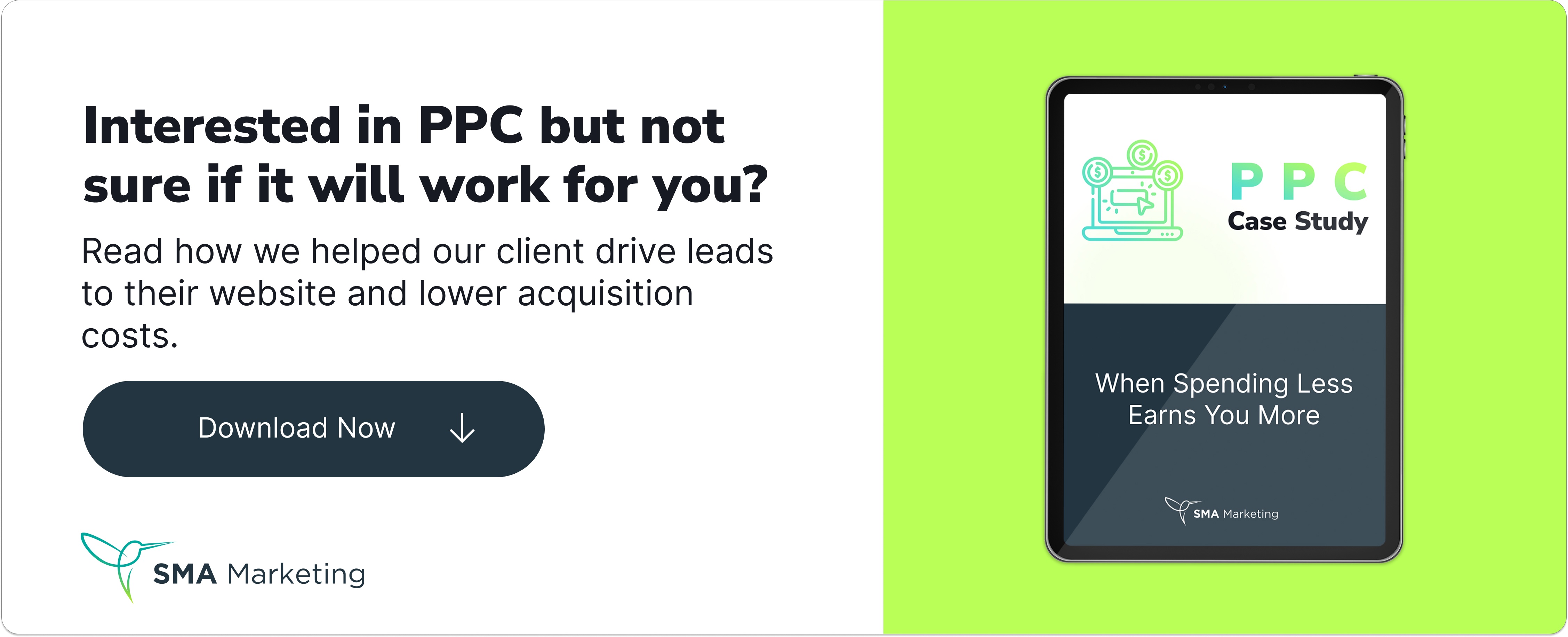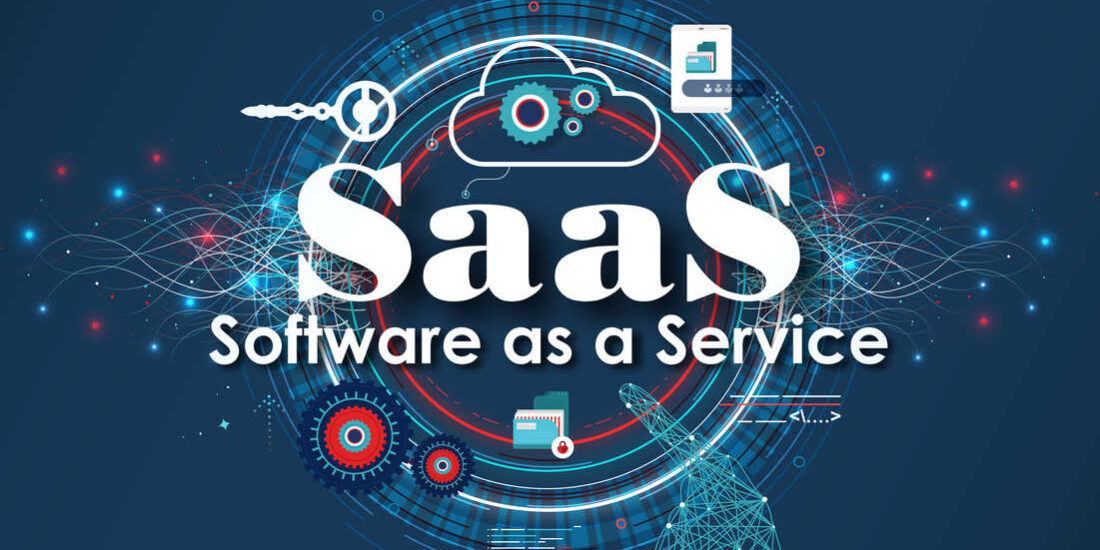
Digital advertising uses digital channels and other platforms to communicate and promote a company’s brand, products, or services. It consists of actions performed by web browsers, social media sites, blogs, and apps.
Digital ads include text, images, audio, and videos. They can help you accomplish a number of different business goals, including brand awareness, customer engagement, launching new products, and driving repeat sales.
Digital advertising requires a financial investment which is why it’s important to have a clear understanding of how you will implement ads into your overall marketing strategy. Because opportunities for ads have evolved beyond what the ads look like, it’s helpful to work with an expert to identify the best opportunities to leverage digital advertising to connect with your target audience.
How is Digital Advertising Different from Traditional Advertising?
The main difference between digital advertising and traditional marketing is that digital advertising is flexible yet enables you to target a precisely defined audience.
Digital advertising is incredibly flexible in terms of budget. Your advertising campaigns can be just as expensive as conventional advertising or more, but they’re also accessible to small businesses. Most Google ads and Facebook ads can scale up or down to fit your budget with targeted marketing.
Targeted marketing allows businesses to advertise with precise communication that connects with people who are most likely interested in their products and services. This allows for personalization and customization traditional media cannot offer. Traditional ads in magazines or newspapers reach everyone who reads them. Instead of using traditional advertising techniques, digital advertising allows you to target people who are more likely to respond to your ad.
7 Types of Digital Advertising to Consider
When creating your digital advertising strategy, it is important to know which types are available and are the best fit to reach your business objectives. We are going to highlight seven digital advertising opportunities available to any business. We will review each option and highlight how it works to connect you with your target audience.
Paid Search Advertising or Pay-Per-Click Advertising
Paid search ads or PPC appear at or near the top of the search result pages for relevant keywords. A paid search ad consists of a headline, description (sometimes called an “ad copy”), and a link to the landing page.
The page’s content triggers display ads, so they’re usually less relevant to the intentions of people who view them than paid search ads. Paid search ads also show up at the top of the Google search results page, so users tend to read and engage with these ads. PPC ads tend to have a higher click-thru rate and drive more conversions.
Pay-per-click ads rely on search engine optimization (SEO) to attract your target audience through organic search. This allows you to reduce your audience from the billions of people using Google each hour to connect with potential customers.
Mobile Marketing
Cell phone usage is increasing, and mobile advertising is becoming an increasingly important form of advertising. Mobile advertising includes text messages, banner ads, and in-app advertisements, among others.
With consumers spending more time online and using apps on mobile devices, mobile advertising has become increasingly important for reaching them where they spend the most amount of time and capturing their interest.
Mobile advertising is something local businesses may find to be one of the most effective types of marketing as customers search for “business near me.”
Retargeting/Remarketing
Remarketing is an online marketing technique that targets users who have already visited your website or business. It’s designed to encourage them to return. Cookies allow websites to store small amounts of information on your computer. Retargeting displays ads to visitors who have previously visited your site and encourages them to visit again.
Users who have already interacted with your brand are most likely to convert into customers. Therefore, retargeting is an important driver of advertising ROI for online eCommerce and SaaS businesses, among others.
Video Marketing
Video advertising includes all forms of internet advertising that feature videos, especially those shown at the beginning or between video streams on websites like YouTube.
Smartphone users spend four to six hours on average per day on their mobile devices, including watching videos online. As mobile video consumption rises, video advertising has become an increasingly popular medium for marketers to reach customers with engaging content that drives clicks and sales.
Social Media Advertising
The most common social media platforms for advertising are Facebook, Instagram, LinkedIn, Snapchat, Twitter, and TikTok. When paid advertising occurs on these platforms or other social media spaces, it falls under the social media advertising umbrella.
One of the main benefits of social media advertising is its ability to promote content that can be liked, shared, and commented on by audiences. This amplifies the impact of social media advertising methods, which drive plenty of low-cost engagement, increasing brand awareness and driving traffic.
Native Advertising
Native advertising is defined by its appearance, which matches the look and feel of surrounding content. Native advertising can take various forms, including product placement or reviews in a video, display ads on a page that blend in with cover images, or written advertisements inside a piece of content.
Because native ads blend in with the content of a page, they’re considered more trustworthy than other types of ads. They’re also less disruptive and have less impact on user experience than other solutions. Users may not even notice that they’re clicking on an ad when interacting with native ads. Because of this, native advertisements often result in an increase in engagement and a higher click-through rate than traditional display ads.
Audio Advertising
Streaming music sites like Spotify and Pandora allow people to listen to their favorite songs and podcasts from anywhere. They have huge audiences. With audio marketing, advertisers can target these listeners with recordings of their own ads. You can usually opt out of the ads by purchasing a subscription to a streaming service.
Spotify is one of the world’s most-used apps, with users spending 27 hours per month listening on the platform. Audio ads get around the problem of banner blindness by allowing advertisers to deliver high-quality and memorable messages that reach large audiences.
Digital Ads Can Help You See Measurable Results
Digital ads work by using internet-based advertising tools to conduct research, manage, track, and analyze online advertising campaigns. Digital media advertising isn’t just putting up quick digital advertisements on Facebook, YouTube, or Google.
When done well, digital marketing seamlessly integrates into your target customer‘s user experience on that particular website, guiding them back onto your website and business. Moreover, it does so organically.
Personalized digital ads can help you reach your target audience. This increases conversion rates. And because it’s digital, you can easily and virtually track every step your customers take concerning your ad campaign. This allows you to achieve an ROI not possible through other means.
Some of the metrics you can track with digital advertising are:
- Reach and Impressions
- Click-Through Ratio
- Conversions
- Cost Per Acquisition
- Return on Investment
When choosing a digital advertising strategy, it’s important to remember that just because something is available doesn’t mean it’s best for your business goals. A digital advertising specialist will work with you to identify the best ways to incorporate ads into your overall digital marketing strategy and help you set realistic spending budget goals.


























